We’ve often talked about how we work hard to make sure our patterns of beans and other sundry letter dropping spots are always different, always fresh. No muscle, no machete is spared to clear the wildest winding, wending, twisty, turny, knotted, netted jungle paths for your jotting enjoyment. But it occurred to us that some folks may have an unconscious bias for symmetrical patterns. For our next mockup of a potential new game variation, we offer a bit of symmetry and balance as a starting point. As usual, for the blog we’ll spice up the regular scoring with whimsical faux-cabulary, which counts for nothing but a laugh or maybe a “Hmm… makes sense I guess.”
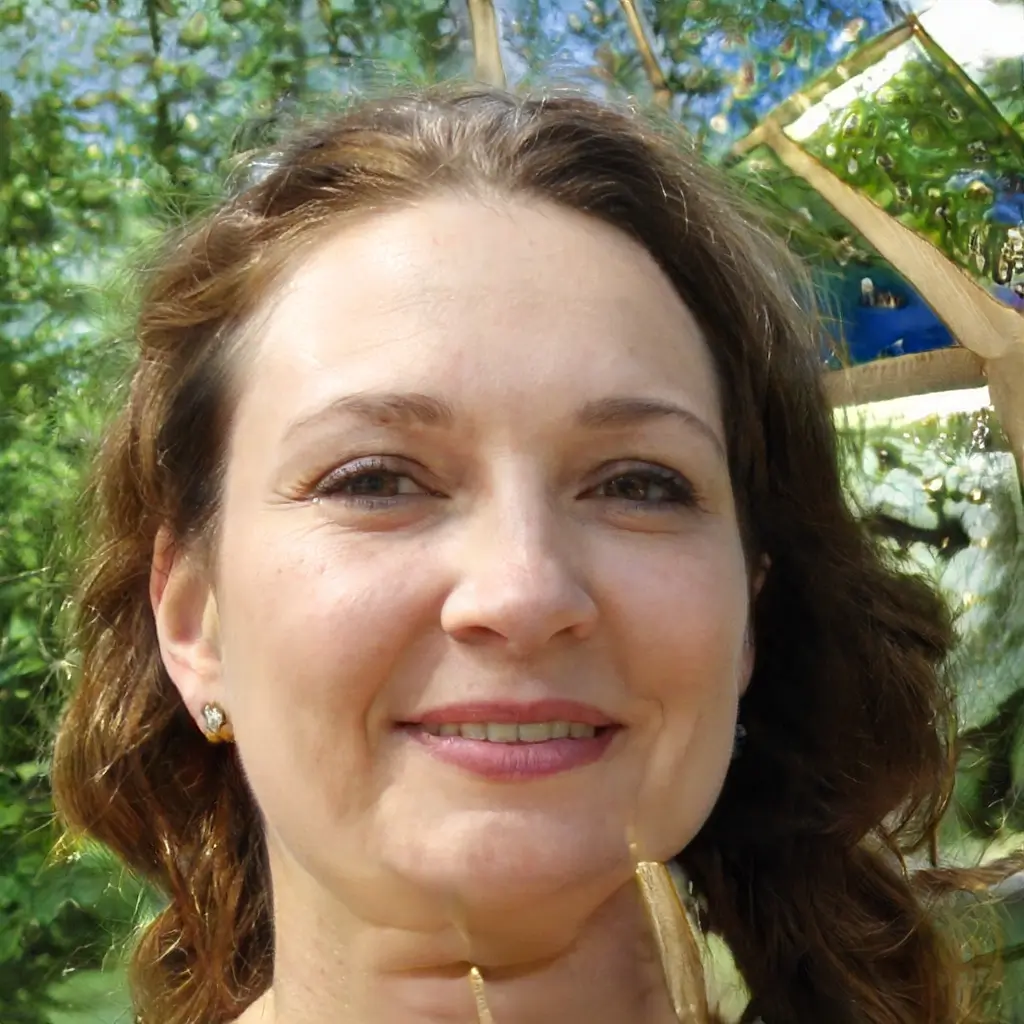
“I suffered for years before getting help – Rejecting odd-shaped potato chips, fiddling with curtains, abusing photo editing software, secretly yearning to right (and left) the hideous wrongs of public artworks in the dark of night… Spell the Beans helped me kick the habit. Now I’m sym-free and couldn’t be happier.”
Mirror, mirror
We understand it. Some folks just have an aversion to asymmetry. If it’s not balanced, it’s broken; Not thought out, out of control; A mess. It’s the old Apollonian vs. Dionysian, Classic vs. Romantic, order vs. chaos dichotomy. In the puzzle world, crosswords and most sudoku clues follow a symmetrical pattern. Most kakuro solvers (a great puzzle logic game, aka Cross Sums, at least as worthy as sudoku) are insistent on symmetry, though we contend it makes no difference challenge-wise. We’ve gotten copious invigorating brain training out of our own kakuro desktop app’s asymmetrical puzzles over the years.

Not doomed to repeat itself
For these examples, we used Penrose tiles, which make patterns that don’t repeat themselves.* Invented by Nobel Prize-winning physicist Roger Penrose, they actually easily lend themselves to asymmetry, but were a good candidate here. In the first pair of screenshots, both the pattern and the letter-placing spots had left-right symmetry. For the second pair, the pattern, cut into triangles, was symmetrical, but letter-placing spots were not. Spots (shapes) sharing a common edge were contiguous. Shapes with only shared points (corners) were not. This edge vs. corner rule will apply for any plane-tiling-type pattern, but not for spilled objects like hearts. Hearts’ pointy corners touching each other qualify as connections.
It tended to be harder than usual to score in both patterns we tried. Symmetry does limit variety. Blu Yonder (your device’s effort with the same letters, where the top bar is blue) here used its more sedate Spell the Coffee approach. We went with straightforward scoring, but colors could end up meaning extra points, etc.. In these experimental demos, the shapes were too small for the letters, which we’d deal with in a release version. The patterns would be different every time, using the same tile shapes.
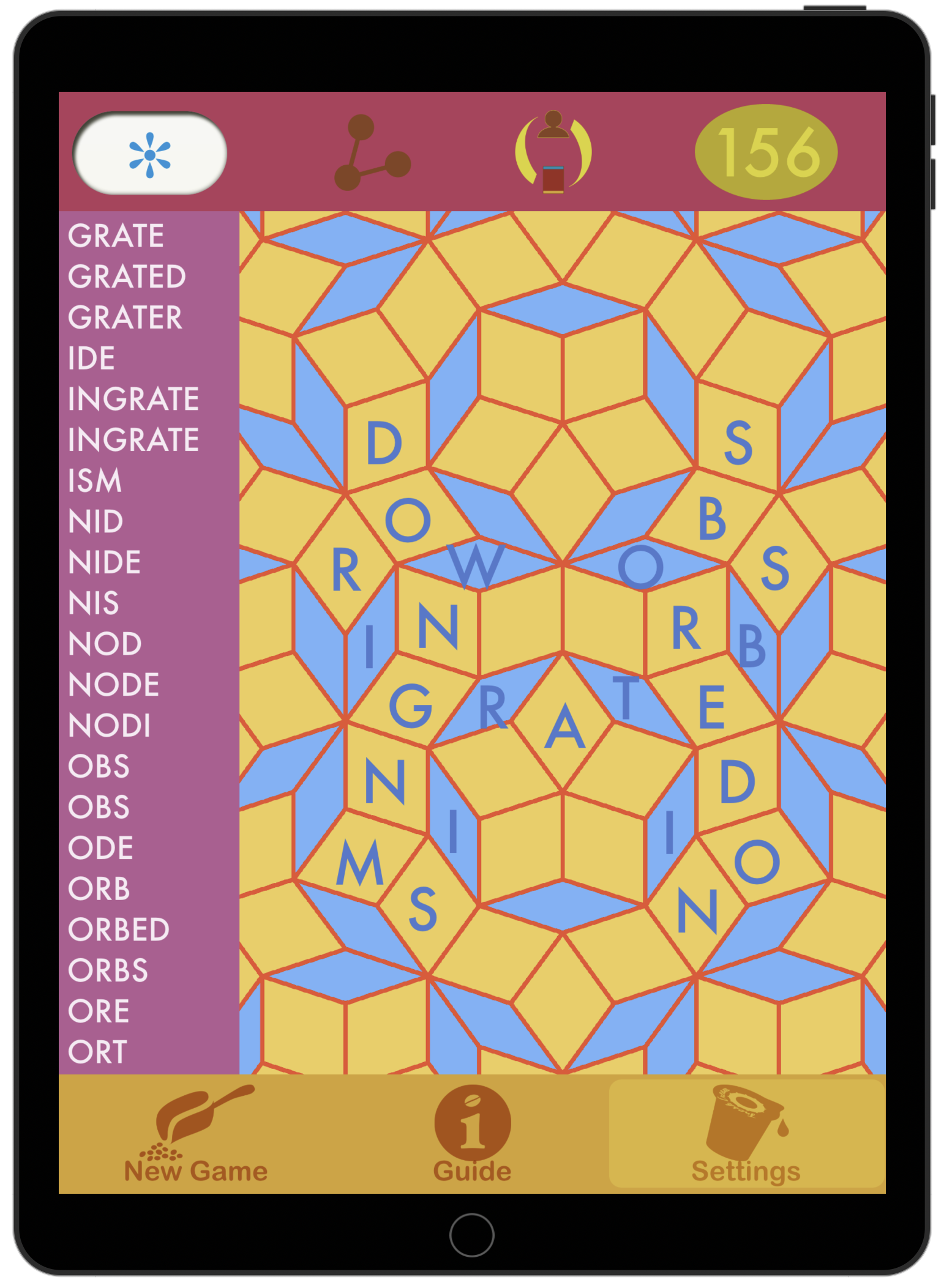
A few faux-cabulary gleanings from playing these Penrose patterns:
Downgrated: State of potatoes before becoming latkes.
Ignis: The initial material ejected into the air from a volcanic eruption.
Borbs: Floating particles of mist, as generated by a waterfall, creating evanescent rainbows.
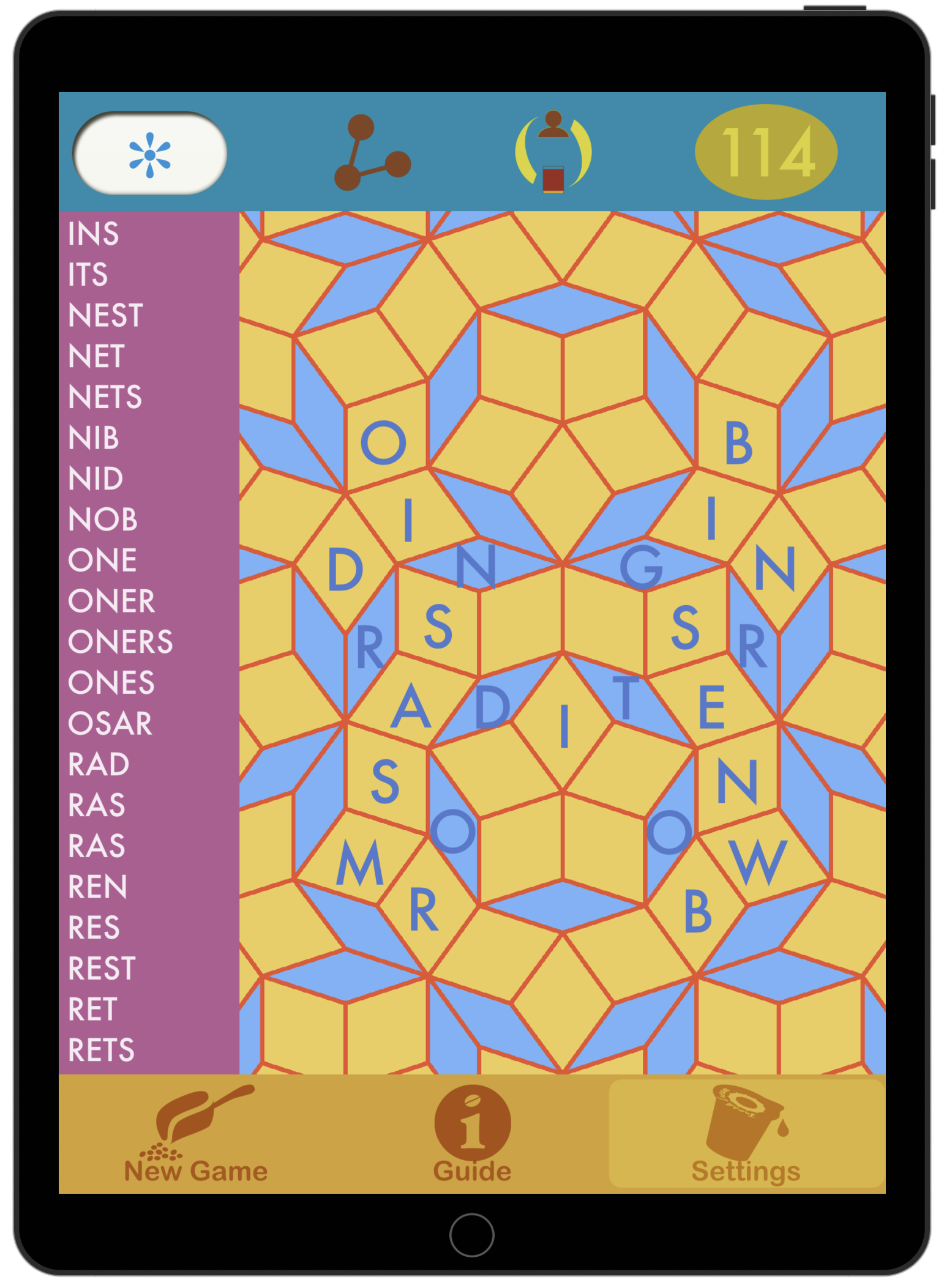
Sing, sardines, sing!
Sorm: A staple grain used as a filler in breads and porridge.
Radite: An ingredient formerly used in toothpaste and wristwatches: Ray-dent gets teeth white with radite! (jingle). Banned by the USFDA in 1965.
Sardio: A crystal radio set made from canned sardines. Limited reception even under ideal ionospheric conditions, but serviceable as a party trick in a pinch, per Popular Bionics magazine, July 1963. The can and key function as a loop antenna. A project best limited to 24 hours of use, out of reach of cats.
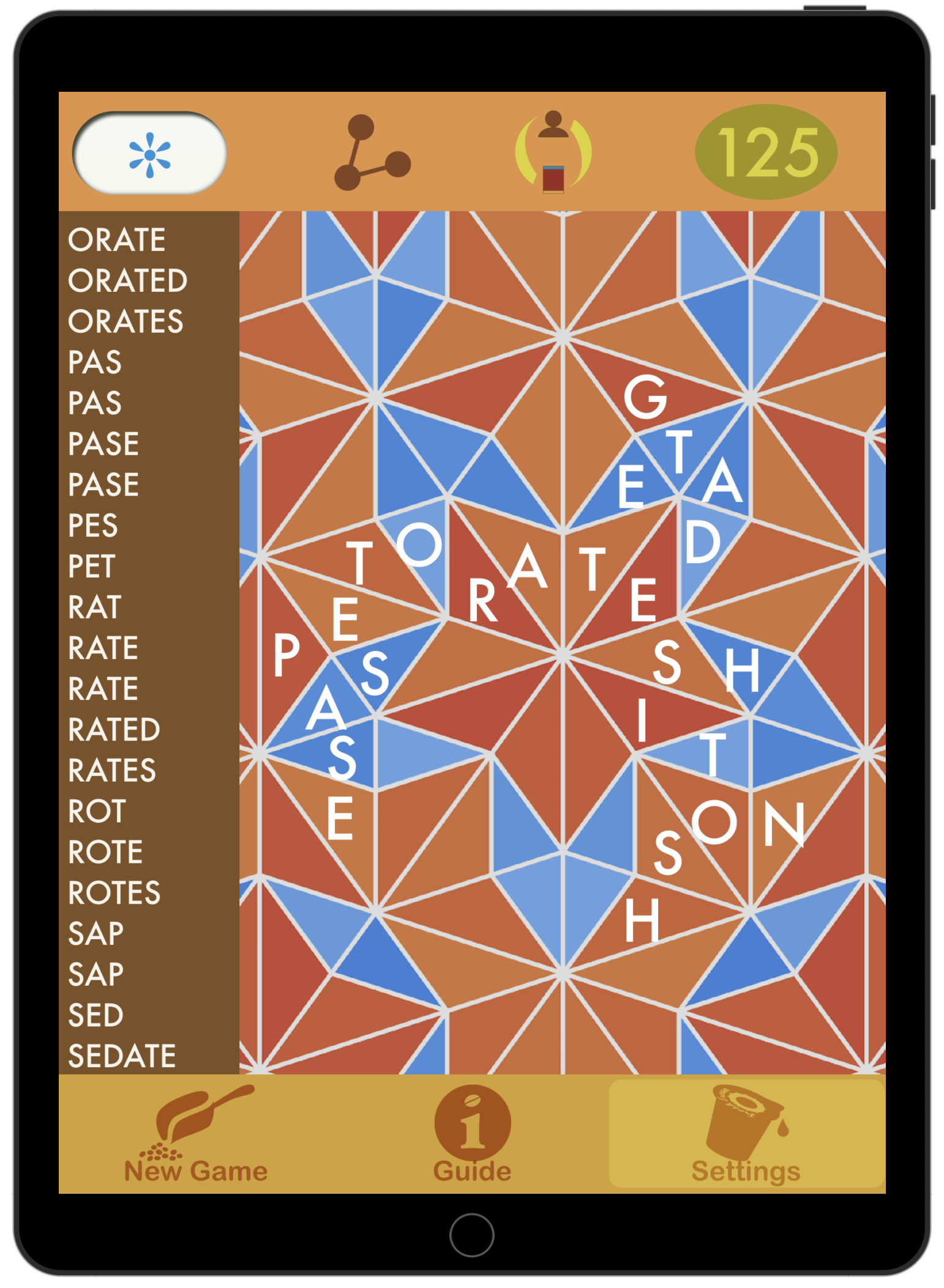
Spill those beans
Petorate: To selectively bite parts of a sandwich, burger, etc. so as not to spill or end up with only bread or filling at the end. Greatest single cause of spilling and only bread or filling remaining.
Tadesh: A savory spice and bean mixture used in curries and chutney: I’ve given up trying to petorate anything with tadesh.
Desitosh: An irremovable stain left from trying to petorate a colorful condiment, as one with tadesh: I might as well try to make a matching desitosh on the right side of this shirt too. Symmetry, you know.
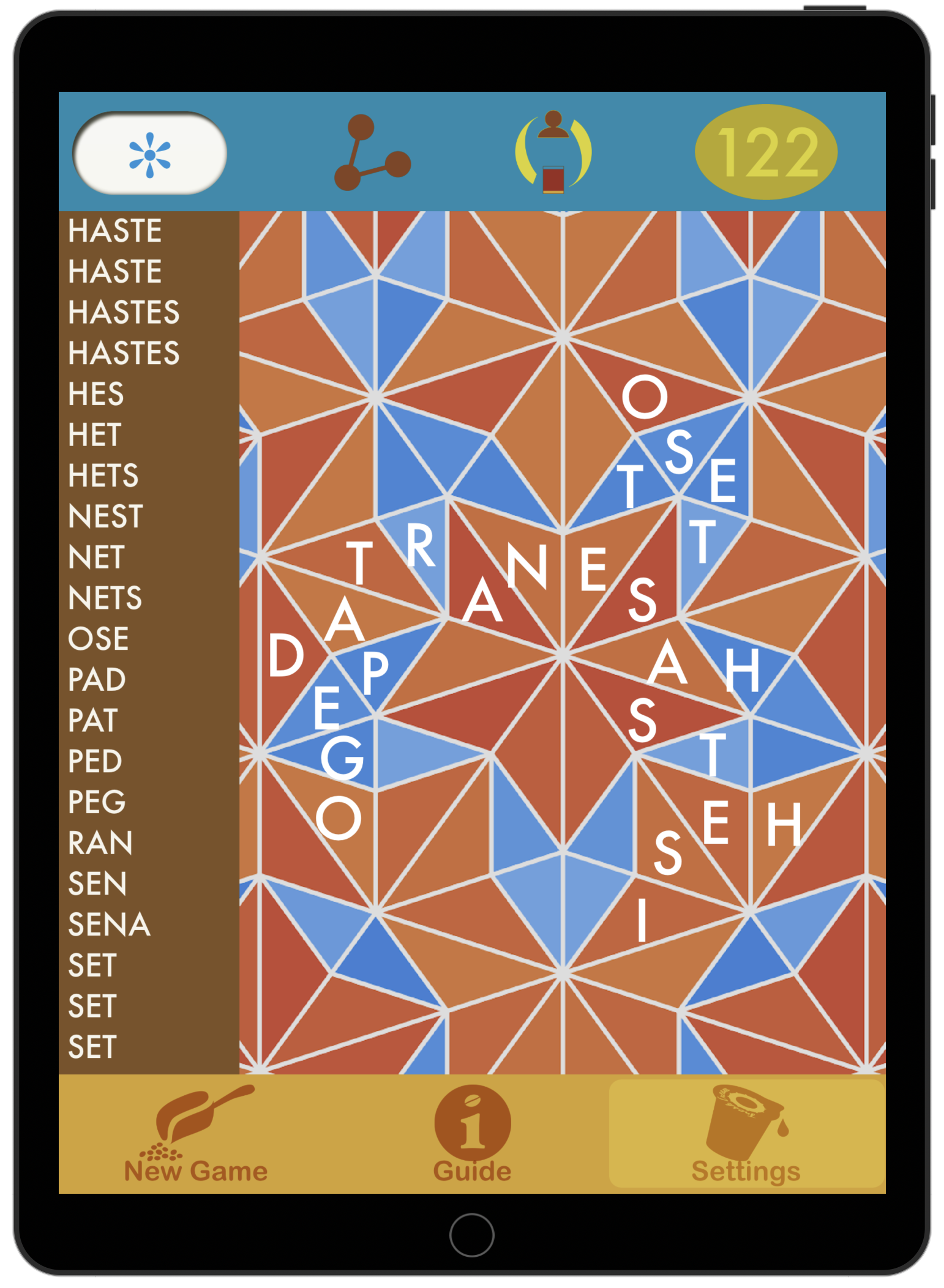
Astaire and Rogers did it best
Stenart: Obsolete, bulky office equipment used extensively in the 1950s and 60s for printing and projecting quick prototype images: Our proprietary Virtual Stenart® makes these Spell the Beans mockups a snap.
Patranes: Songs or odes honoring one’s father.
Tapego: A hybrid dance featuring elements of tap, merengue and tango. Mainly existed in romantic comedies of the 1930s, such as Kiss Me in Cartagena.
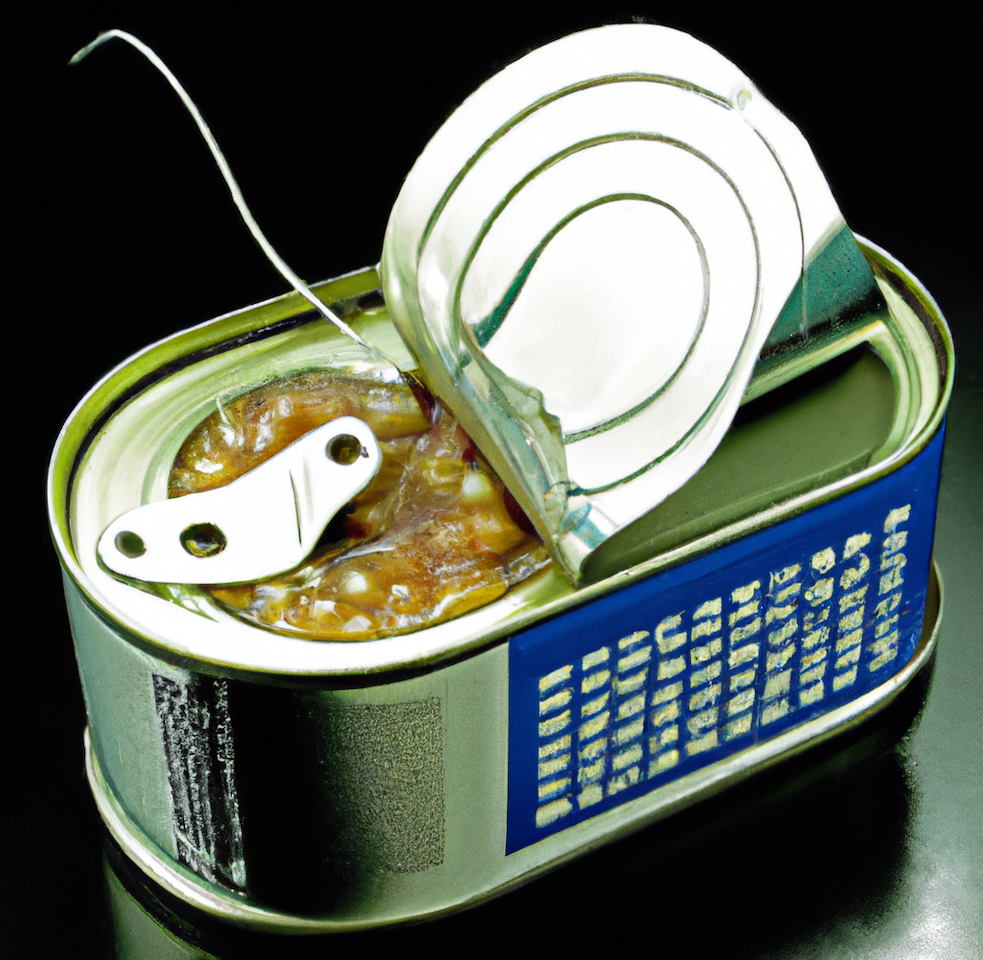
*Update: Mathematicians, specifically “imaginative tinkerer of shapes” David Smith, who gets our vote for best title of the year, have discovered an elusive “einstein tile” (lower-case e). It’s a single shape that can tile a floor and yet never repeat the pattern it forms. Variously described as a hat (we think Paddington Bear would approve) and a T-shirt, it sounds like a nice fit for STB. We’ll have to see how it works.
No Comments